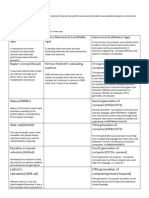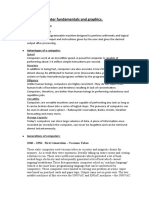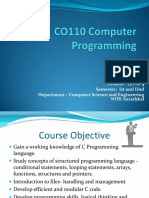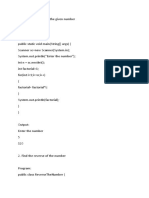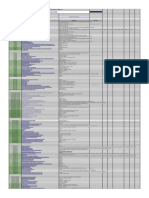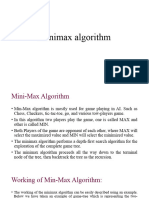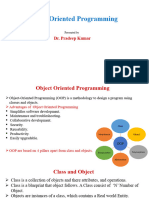0% found this document useful (0 votes)
60 views45 pagesPuter Fundamentals
The document provides an overview of computer fundamentals, including definitions, functions, and historical developments of computers. It discusses the evolution of computer generations from vacuum tubes to artificial intelligence, as well as the distinction between hardware and software. Additionally, it covers input/output devices, memory types, programming languages, and computer networks.
Uploaded by
ckg.0125Copyright
© © All Rights Reserved
We take content rights seriously. If you suspect this is your content, claim it here.
Available Formats
Download as PPTX, PDF, TXT or read online on Scribd
0% found this document useful (0 votes)
60 views45 pagesPuter Fundamentals
The document provides an overview of computer fundamentals, including definitions, functions, and historical developments of computers. It discusses the evolution of computer generations from vacuum tubes to artificial intelligence, as well as the distinction between hardware and software. Additionally, it covers input/output devices, memory types, programming languages, and computer networks.
Uploaded by
ckg.0125Copyright
© © All Rights Reserved
We take content rights seriously. If you suspect this is your content, claim it here.
Available Formats
Download as PPTX, PDF, TXT or read online on Scribd
/ 45
























